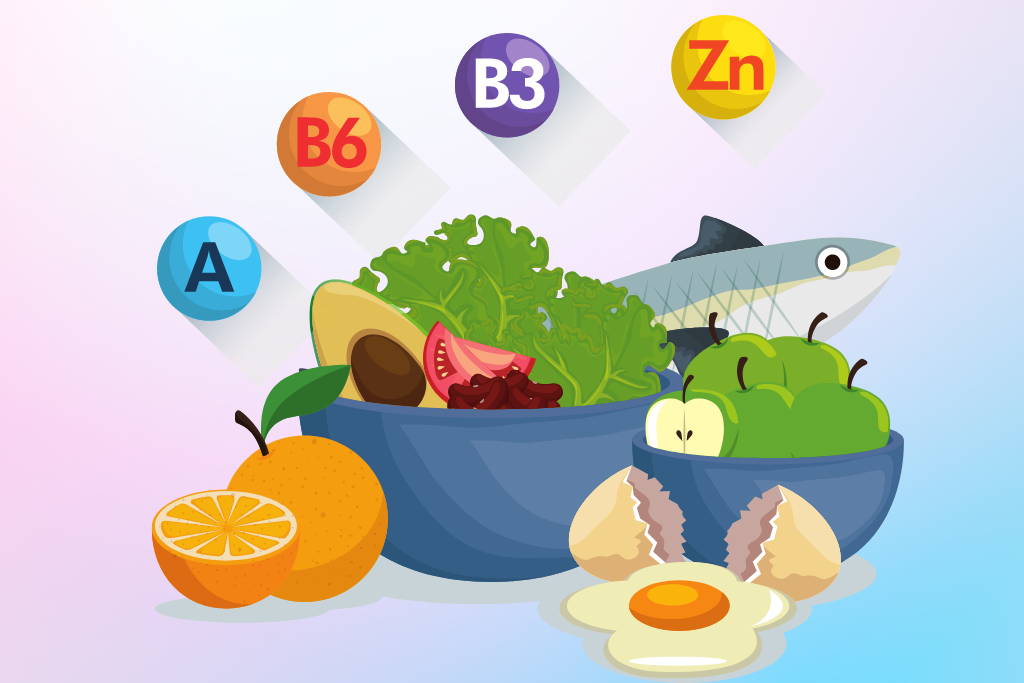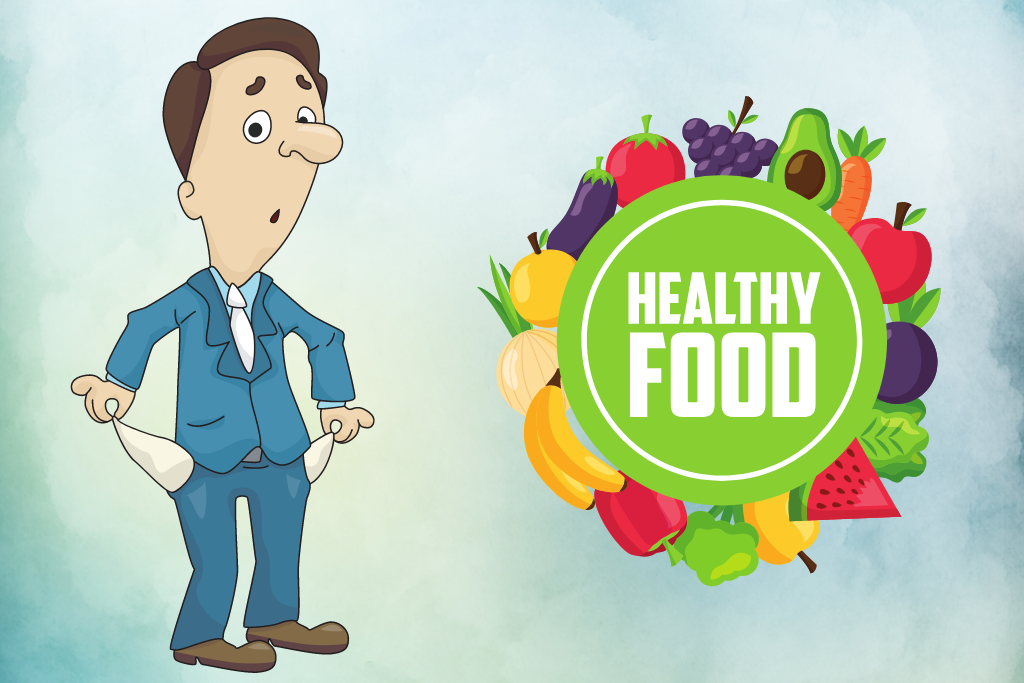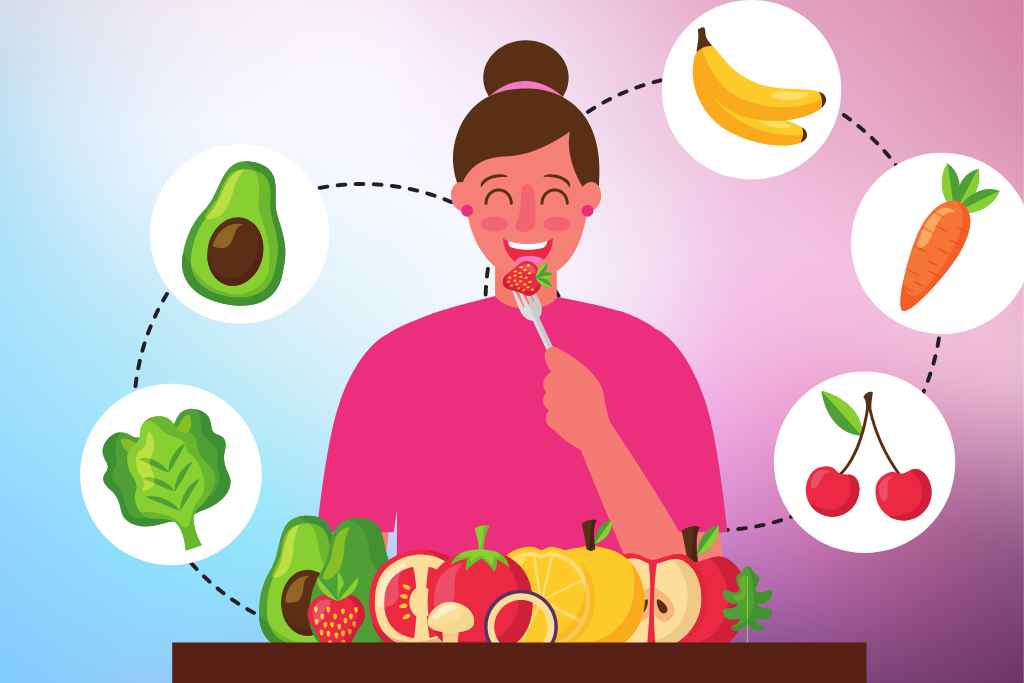Eating a healthy diet has many benefits. Eating a balanced diet can include high-calorie foods in moderation. But it is essential to balance these foods with healthier alternatives and more physical activity. Here are a few guidelines to help you eat healthier. The most important aspect of healthy eating is balance. A balanced diet should include both high-calorie and low-calorie foods.

Health benefits of a healthy diet
The health benefits of a healthy diet are well-known. A diet rich in fruits, vegetables, whole grains, and legumes is good for our overall health. These foods are rich in protein and other essential nutrients that our bodies need to grow and repair cells. Most fats are found in animal products, but a balanced diet includes a variety of plant sources as well. A balanced diet should contain at least 30 percent of total energy from fats, while sugars should only make up 10 percent. Research has shown that reducing sugar intake is good for a person’s overall health.

Eating a healthy diet can help prevent long-term chronic illnesses like heart disease, type 2 diabetes, and cancer. It can also help people maintain a healthy weight. Here is a leaflet that explains the basics of eating a balanced diet. Note that this information is general advice, and specific advice should be sought if you have a medical condition or special dietary needs.
Ways to eat healthily
To avoid obesity and diabetes, people should eat a variety of nutrient-dense foods. In addition, they should limit highly processed foods. For example, they should avoid soda, processed meats, candy, and packaged snacks. Instead, they should focus on fruits and vegetables.

Alternatives to unhealthy foods
While food can be satisfying and gives us the “feel good” factor, it is important to find alternatives to unhealthy foods to improve our health and prevent diseases. Dietician Arushi Gupta, the Associate Dietician at Dayanand Medical College, provides some suggestions on replacing unhealthy foods with healthier ones. She explains why choosing organic products is the best option for health. Dark chocolate is an excellent alternative to refined sugar and offers nutrients like magnesium, potassium, selenium, and iron. It also has antioxidants.

Nutritional diversity
Nutritional diversity is a key factor in the food system and food security. This concept reflects the diversity in the way nutrients are produced, consumed, and distributed. It can be measured and understood by taking a nutrient-density index, or NFD. The NFD index can be used to compare the nutritional diversity in a population and in different regions.

Using a food-based dietary survey in Sweden, researchers developed the SHEIA15 diet diversity index to assess the diversity of diets in Sweden. The researchers found that a high score on both indices was related to higher diet quality, which includes the consumption of vegetables, whole grains, and reduced amounts of red meat. The study also revealed that lower-income groups were less likely to consume high-quality foods.
The cost of a healthy diet
It’s common knowledge that healthy food costs more than non-healthy foods. In fact, the price difference between them and the least expensive ones is so great that 3 billion people in the world are unable to afford even the cheapest of healthy foods. A study conducted by the Harvard School of Public Health compared the costs of eating healthy food compared to those eating less-healthy food. The results are published in the British Medical Journal Open.

This cost is far higher for poor countries. Even the average income in the poorest countries isn’t enough to afford a healthy diet. For example, in India, the poorest country in the world, the average person would have to spend more than their entire income on food just to afford a healthy meal.
The impact of poor diet on the environment
The impact of our food production on the environment can be reduced if we eat healthier. Researchers at the University of Leeds have now linked the health benefits of certain foods to their environmental impact. The study, published in the Proceedings of the National Academy of Sciences, found that food with positive health outcomes contributes to lower environmental impact than foods with negative health outcomes. In fact, a poor diet leads to a higher environmental impact than a healthy diet.

Eating a healthy diet is almost always the best way to protect the environment. Getting most of your food from plants is good for your health and the environment. Eating more plant-based foods is also in line with UN recommendations that encourage sustainable agriculture and reduce climate change.
